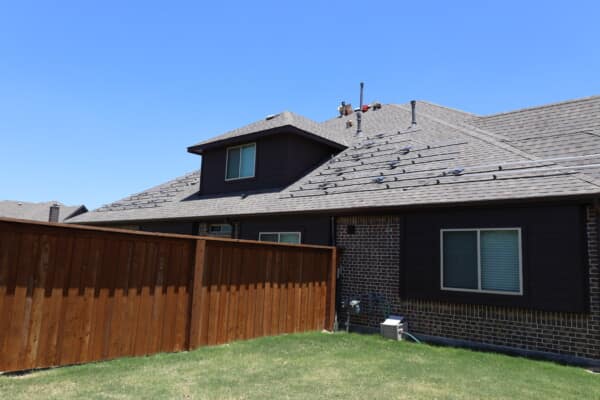Let’s dive deep into the heart of your solar system – inverters. There are two primary types you’ll encounter on your solar journey: string inverters and microinverters. We’ll be breaking down the key differences to help you make an informed decision for your solar energy system.
The Role of Inverters
Before we jump into the comparison, let’s quickly go over the essential role that inverters play in your solar & battery system. They’re like the masters of your solar home, converting the direct current (DC) power generated by your solar panels into the alternating current (AC) power that powers your home.
The majority of homes in America and our electrical grids operate on alternating current (AC) electricity, the direct current (DC) produced by solar panels requires conversion. That’s where your inverter comes in, taking on the crucial role of transforming DC electricity into AC electricity, adjusting the voltage, frequency, and phase to align with the requirements for powering household devices and channeling surplus energy into the electrical grid. Essentially, an inverter facilitates the conversion by rapidly switching the direction of a DC input, transforming it into an AC output.

String Inverters
These are commonly chosen for solar installations. Installed at a central point, they connect to multiple solar panels, forming “strings.” The catch? All panels in a string operate at the same level. If one panel is shaded or performing at a lower level, it affects the entire string’s output.

String inverters are cost-effective, time-tested, and efficient for larger installations with simple roof layouts. However, expanding your solar array later may require an additional string inverter and could come with some challenges.
Microinverters
Now, let’s talk about the newer addition to solar energy – microinverters. Each solar panel hosts its own microinverter installed directly to the back. This means every panel operates independently, maximizing efficiency, especially if your home has some shading. Microinverters can handle more complex roof layouts, and adding more panels in the future is no problem. While they come with a higher upfront cost, the benefits include real-time performance monitoring and the peace of mind from a long term warranty.

**Fun fact: industry leaders like Enphase are producing thousands of microinverters daily, just 15 minutes from our office!
So, which inverter is the perfect match for you? Well, that depends on your home’s unique needs and preferences. String inverters are great for simplistic installations with ample sunlight, while microinverters thrive in situations where shading or a more complex roof layout is a concern. Picking the correct style solar inverter is a big deal when setting up a solar energy system. Our team is here to guide you every step of the way, ensuring you make the best decision for your solar energy journey.
Understanding the differences between string inverters and microinverters, helps you make the best choice for your home’s energy security while contributing to a greener planet and a more sustainable future for your family.
Learn More
Be sure to check out our Solar 101 Series on YouTube for even more insights. How has your experience been with your inverters? Leave a comment below and subscribe to our blog to stay up to date on the latest from Good Faith Energy and the solar community!
Fact checked by Jacob Petrosky – 4/26/2024